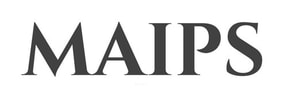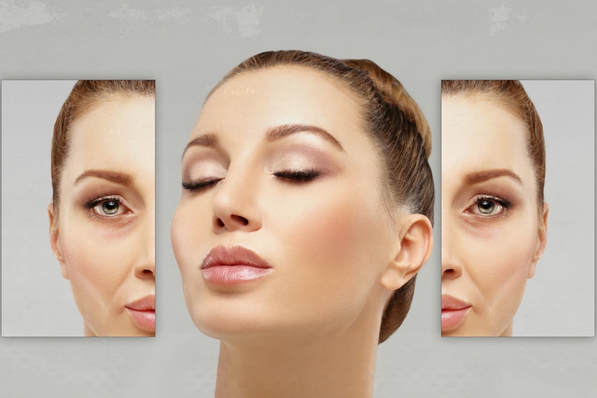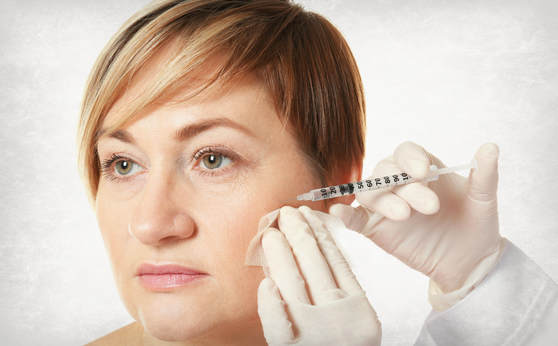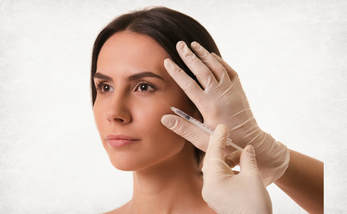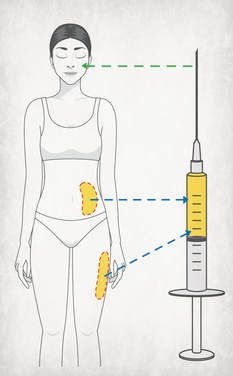Restore Facial Volume - what options do I have?
1. Radiesse - Calcium Hydroxylapatite based filler
2. Sculptra - Poly-L-Lactic acid based filler
3. Hyaluronic Acid based fillers (dissolvable) - Juvederm Voluma and Restylane Lyft
HA Fillers for the Overall Volume/Face Contour
HA Fillers for the Under the Eye Hollows
II. Permanent and Semipermanent Options for Volume and Contour Restoration and Augmentation
Permanent and Semipermanent Fillers
1. Allofill - Human Adipose Tissue based filler
2. Bellafill - Semi-Permanent Polymethyl-Methacrylate (PMMA) Filler
3. Silikon-1000 - Permanent Silicone Filler
4. Autologous fat injections, also known as an autologous fat transfer, facial fat grafting, and microlipoinjection
4.A. Autologous Lipocyte Micronized Injection (ALMI)
5. Facial Implants
5.1. Silastic (silicone) implants
5.2. Gore-tex (expanded polytetrafluorethylene – E-PTFE) implants
See the list of references and literature and links to the above cosmetic products manufacturer websites.
